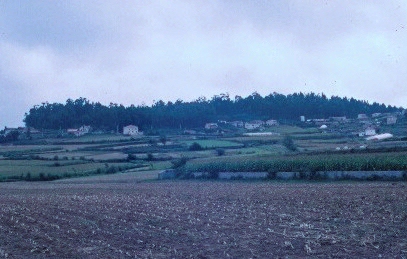
Fig. 6.42. Terroso castro from the north
These analyses provide evidence about settlement patterns and allow inferences to be drawn about the social and cultural choices that influenced past site location. They thus also provide potential insights into past perceptions of the landscape.
Analysis of the numbers of sites located on different geological formations has demonstrated that the schists had fewer sites on them than might have been expected. This is due to two sets of factors. First, the poor quality of the soils for cultivation made them relatively less attractive than other areas to past settlers. Second, they are susceptible to erosion so some sites may have been lost through erosion and others buried beneath colluvium. Although a small number of settlements are located on schist, these were all found close to alluvial deposits. Twenty of the twenty-four castros are located on micaceous granite. In addition to the physical factors already discussed, this may also result from the influence of earlier pre-Iron Age settlement patterns (Martins 1990), although this is difficult to demonstrate systematically.

Fig. 6.42. Terroso castro from the north
Other contrasts in settlement location suggest changes in where people considered it desirable and appropriate to live. The castros are sited on hilltop and spur locations (Fig. 6.42), on flat or shallow sloping ground, surrounded by steep gradients and with clear visibility on all sides (Fig. 6.43). These locations contrast with those of other settlements, which were sited on relatively level ground on either the coastal plain or river valley terraces.
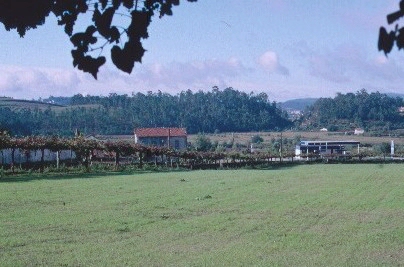
Fig. 6.43. Castro de Penices looking from the south-east
The results of our survey have, for the first time, highlighted the existence of numerous Iron Age settlements other than castros. Twenty-seven likely and potential Iron Age sites were discovered, twenty-four of which were sited on valley sides. The range of ceramics from these sites suggests that occupation at the vast majority continued into the Roman period, and at some into the later Roman phase (Table 7.1).
The trends in the location of castros and other sites do not result simply from either the region's topography or the defensible hilltop locations of the castros. Although Silva noted that a high altitude was one critical factor in the location of castros (1995, 264), our analysis of the elevations of both castros and other sites has shown that they were not situated at significantly different altitudes. Indeed, a number of castros are positioned on the hills that surround higher peaks and their topographical locations were clearly selected with care.
Definite trends can be recognised in the data concerning the intervisibility of castros. These form the basis of an intuitive classification which recognises three types of location:
Castros are by definition defensive structures (Queiroga 1992), but their prominent locations suggest a variety of facets of their importance, including a role as landscape foci for particular social groups.
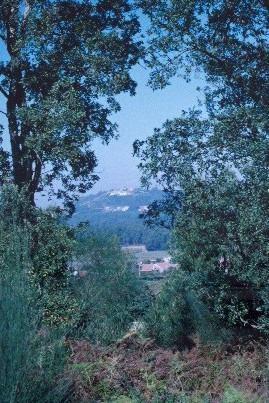
Fig. 6.44. View from Terroso castro, looking north towards S. Felix
Both the quantitative analysis and a more intuitive review of spatial distributions in the GIS show relationships between the locations of broadly contemporaneous sites. The nearest neighbouring castro is visible from each castro examined, usually at the edge of the visible zone (Fig. 6.44). This is not merely a product of the hilltop situation of castros. The relationship can be demonstrated for every single castro, regardless of its location and ease of access. Intervisibility over a large distance was thus clearly significant and may indicate that the occupants interacted visually in some way, for instance through the use of signals. If we accept the idea that castros were centres for individual social groups, this emphasises the importance of communication between them.
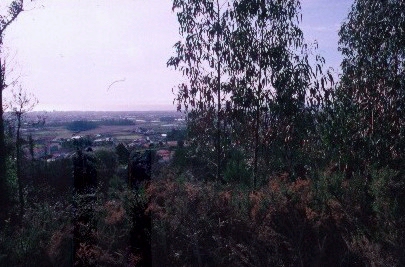
Fig. 6.45. View from Terroso castro looking south-west towards the coast
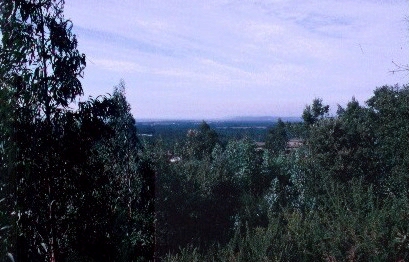
Fig. 6.46. View from Terroso castro showing the coastal plain to the north
Visibility also clearly played an important part in the defensive use of castros. At Terroso, for instance, there were clear and commanding views in all directions (see Figs 6.44 - 6.46).
It is probable that castros maintained a social importance into the Roman period. Evidence for continued occupation at certain major sites and the development of proto-urban functions at places like Citânia de Sanfins (Silva 1986) support this proposition. In the survey area, the results of our visibility analysis demonstrates that castros were visible from 97% of settlement sites. This clearly suggests that they continued to represent symbolic foci for surrounding settlements even under the Pax Romana.
Visibility analysis also suggests the maintenance of a similar relationship between ordinary settlements within a neighbourhood. Thus most Roman settlements contain their contemporary neighbours within their viewshed. Visibility, however, is not a passive act of perception but depends on physical factors such as sharpness of vision, the distance and clarity of objects against the background, and atmospheric conditions. Equally, being able to see is not the same as the ability to recognise what is observed. In this respect, it is useful to consider the role of landscape structure in the visual impact of settlements and interrelationships between them.
Tadahiko Higuchi (1983) provides an approach to the question of how the quality and texture of an object varies with distance from a viewer and how this affects the viewer's engagement with it. Higuchi has suggested three distinctive scales of landscape perception. Over a short distance (a human scale), details of an individual figure or architectural construction are interpretable, and are frequently within range of audible and other sensory contact. This represents the distance over which personal social contact is feasible through direct communication. At a middle distance (a wider social scale), the texture, colour and outlines of monuments or features of the landscape, such as rivers and rock formations, are both visible and commonly within a field of view. In the long distance (a public scale), parts of the wider landscape can be seen, but only broad outlines of their form, tone and relationship to other major elements of the landscape are discernible. At these distances only the general trends of a landscape can be seen by a viewer, so places and people commonly disappear against the broader background. Objects at these distances are also periodically invisible, as atmospheric and weather conditions intervene to mask them. Although the appreciation of visual relationships is determined by social context, Higuchi's three scales may provide a useful device for aiding our understanding of the physical and social relationships within and between neighbouring castro communities.
The analyses have shown how the survey area is characterised by the almost constant visibility of castros and the long distances over which neighbouring castros were intervisible. Undefended Iron Age sites clustered around the castros, located in a visual middle distance, and situated so as to be intervisible with them. Visually, the nearest castros would have appeared impressive, textured and dominant in the composition of the landscape. In this sense, each castro community will have been relatively isolated, but deeply territorial, dominating neighbouring agricultural land from a highly visible, physically impressive centre in very defensible locations. This strong, localised visual hegemony, however, was tempered by the constant, though distant, background presence of equally dominant neighbouring centres. Although we cannot necessarily equate these visual characteristics with significant social relationships, it appears that the social organisation of the region was based around a number of clustered, socially coherent, communities in limited but regular contact with neighbouring groups. Any regional social identities that existed probably comprised loose federations based on peer relationships between clusters of communities, each of which was otherwise strongly focused on a particular castro.
This model helps to explain the subsequent development of the region during the Roman period. The survey has revealed an increased number of settlements occupied during this period. If this is not a product of greater artefact survival or better surface visibility, it suggests population increase, settlement dispersal, or a locational shift during the Roman period. Excavated castros show a mixed pattern in this period, with some instances of destruction, as at Terroso, little evidence of new foundations, but also strong evidence for settlement continuity. In general, the evidence appears to suggest a limited decline in their occupation during the Roman period. This may indicate the dispersal or relocation of some populations away from hilltops. The survey data commonly show localised settlement relocation to occupy lower valley terraces, but settlement remained structured in relation to the neighbouring castros. These were visible from Roman settlements, which were also frequently located to be intervisible with neighbouring contemporary settlements. Over half of the Roman settlements also lay within easy access of the castros and the Chi-squared tests suggest that the overall settlement pattern remained uneven at a regional scale. These trends suggest a change in social organisation. Visual relationships remained important, but ease of physical access between settlements became a more significant constraint in the location of settlement.
Overall the impression is of a limited, but still significant, association between rural settlements and the earlier settlement clusters around the castros. Settlement location placed a greater emphasis on access to agricultural land and neighbouring settlements, but still kept the former castros, whether still occupied or not, in sight and in mind.
Taken together, these factors perhaps enable us to gain an insight into the social landscape. Within the sample transects, sites were closely spaced but within a geographically constrained landscape. Neighbouring sites arguably were still occupied by related social groups. These peoples maintained visual contact between themselves and with the castro at the symbolic centre of their world. In this way the intervisibility of settlements acted as one means by which group identities were structured and maintained.
© Internet Archaeology
URL: http://intarch.ac.uk/journal/issue9/millett/stats4.html
Last updated: Sat Dec 30 2000